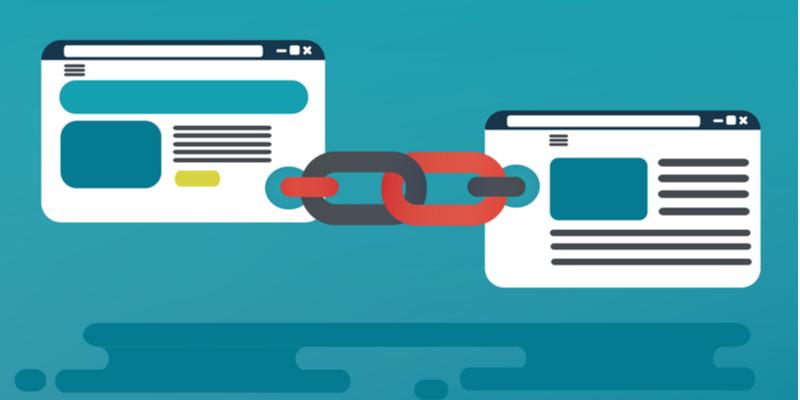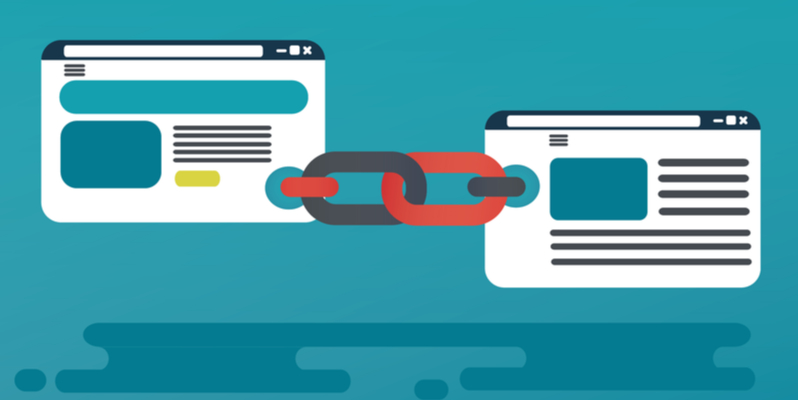Inside job: how internal linking can enhance your online store’s SEO
On the face of it, an internal link has a very simple definition: it’s a link that connects one of a website’s pages to another on the same site. In that sense, internal links differ greatly from external links, which are placed on one website but lead to another.
However, when building your online store’s link profile, you may too easily clump internal links together with their external counterparts in your priorities list, assuming that too little differentiates them for you to do otherwise.
Here’s why you would be very wrong to think that…
You can tell Google a lot with your internal links
When Google sends its crawlers to assess your website and decide how prominently it should be displayed in search rankings, Google will take the site’s links into close account. It will also distinguish between the site’s internal and external links, as they won’t send out identical signals.
On the basis of where you have placed your internal links, Google will judge which of your site’s pages you deem the most important and relevant. Where those links are embedded in text rather than graphics, Google will also read that text – the “anchor text” – to help decipher what the linked-to page is meant to be about.
Google will also garner a certain amount of meaning from the page that is doing the linking, as any two of your pages you link together are likely to be related in some fashion. Therefore, the linking page is likely to say something – however briefly – about the linked-to page.
How exactly should I use internal links on my ecommerce website?
It’s not quite as big a puzzle as you might have initially thought before you knew how Google judges those links. As a general rule, you should prioritise placing your internal links on higher-value pages, like your homepage or higher-level category pages, and directing those links to the other pages of yours that you would like to see rank especially strongly on search engine results pages (SERPs).
You should, however, keep your internal links contextually relevant. So, while squeezing three links into a single sentence risks making your brand look pushy, a rapid succession of links could seem more sensible if arranged in, for example, a bulleted list of products often categorised together.
What should be your ultimate objective with external linking?
To use an apt analogy: while external linking is about attracting SEO value to your site much like you might buy delicious jam from a supermarket, internal linking is about distributing that authority evenly throughout your site – much like you might opt to spread that jam smoothly across one side of toast.
The likely result: a site that ranks well across multiple pages, much like your toast is now extra-tasty right up to the crust.
If you would like us to help you make your online store “pop up” more prominently in SERPs, don’t be afraid to get in touch with our search engine marketing (SEM) experts, who can carefully undertake link-building for the benefit of your ecommerce site.



